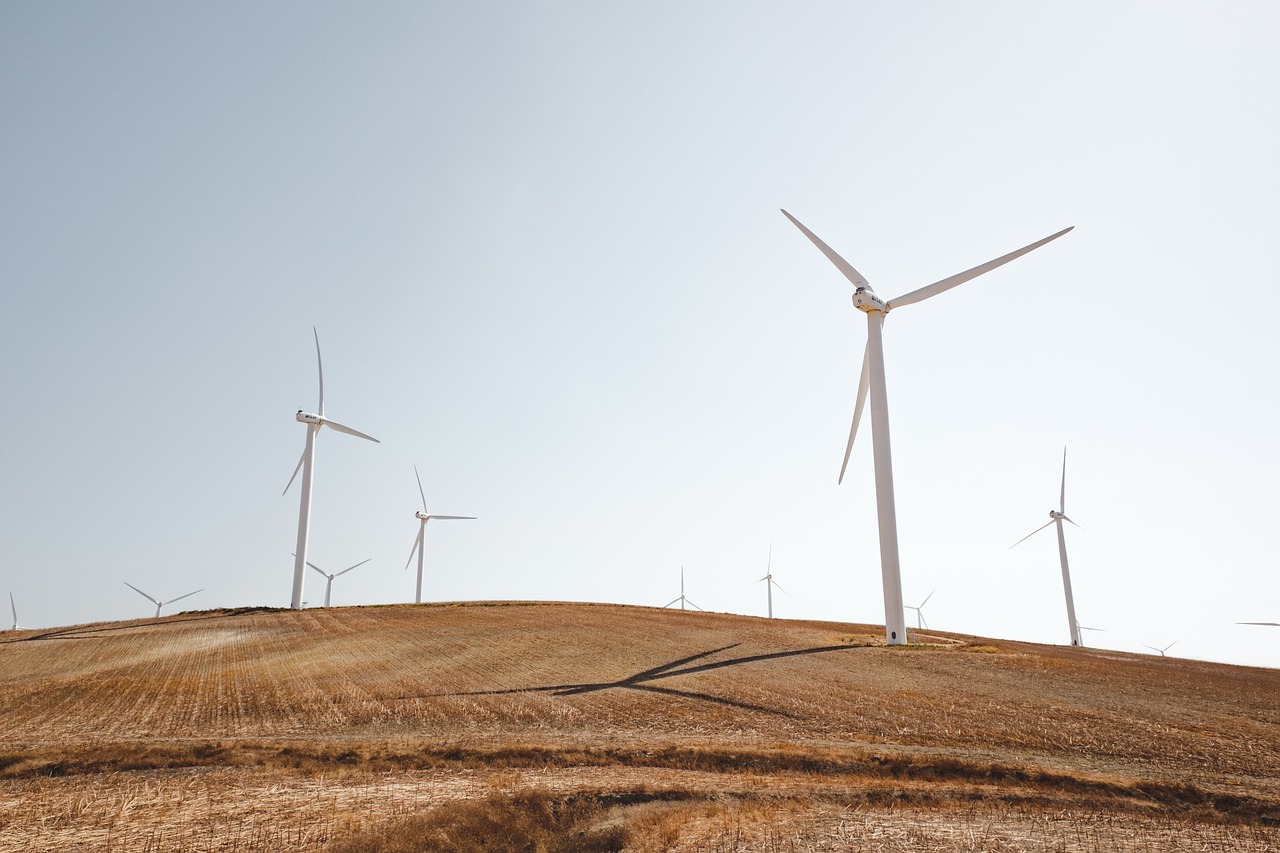By James Poulos.
Amid a shifting landscape of growing consumer choices and increasingly exacting emissions regulations, state utilities and regulators have pressed ahead with a variety of initiatives designed to prevent energy shortages, consumer rebellions or a perfect storm of the two.
Losing customers
Part of the challenge to the status quo has been posed by so-called community choice aggregations, or CCAs – local power agencies that more municipalities have embraced or considered switching to, away from legacy power utility companies. PG&E and other established players have begun to worry that too many switchers could leave remaining customers saddled with costs they can’t or won’t bear, leading to a potential death spiral for the big utilities.
“The state is ambitiously pursuing a fundamental transformation of the electric system to achieve historic greenhouse-gas reduction goals,” PG&E wrote to the California Public Utilities Commission in conjunction with two other leading companies, asking in effect for new rules that would prevent a rush to the exits, according to the San Jose Mercury News. “At the same time, the move toward customer choice through community choice aggregation, as well as other retail choice options, is accelerating.”
Heightening the sense of urgency around appeasing customers as the hot summer months approach, PG&E suffered a frustrating mass outage event in San Francisco last Friday. “The power failure affected almost 90,000 Pacific Gas and Electric Co. business and residential customers, leaving Union Square, the Financial District, the outskirts of Chinatown and several other neighborhoods without electricity just after 9 a.m.,” as the San Francisco Chronicle reported.
Tire pressure
Seeking to amp up energy supplies without running afoul of Sacramento’s tightening environmental restrictions, state officials have meanwhile focused renewed attention around an unprecedented technology that would harness the weight of tires in motion to produce electricity. They agreed, the Chronicle reported separately, “to fund an initiative to generate electrical power from traffic, a plan that involves harnessing road vibrations with the intent of turning the automobile, like the sun and wind, into a viable source of renewable energy.”
“The technology is peculiar but proven. Devices that convert mechanical force into electricity are used in watches and lighters and are being tested for power generation on sidewalks and runways. A San Francisco nightclub has even leveraged the pulses of a dance floor to power its lights and music,” the paper added. “Gravely helped draft the proposal approved [April 12] by the Energy Commission’s governing board, which will direct $2.3 million to two independent road projects designed to test the viability of scaling up piezoelectricity. ‘Piezo’ is Greek for ‘squeeze’ or ‘press’ and refers to using pressure to create power.”
The several-million-dollar budget will be split between “a 200-foot stretch of pavement on the UC-Merced campus” and “a half-mile of highway to potentially harvest enough power for 5,000 homes,” Jalopnik observed, with the latter effort to be spearheaded by the Pyro-E company. To capture the energy, the lengths of road “will be filled with tiny piezo arrays stacked ‘like quarters’ in the road surface,” the site noted. “Some estimates suggest that as little as 400 cars per hour would be needed to make the system economically viable.”
Uncertain reach
Skeptics, however, have questioned the real-world impact of the technology for years. “If the experiment proves out, California state officials say the system would be expanded to other roads. By recovering energy that would have gone to waste, such systems count as renewable energy sources under the state’s green-energy policy,” IEEE Spectrum allowed. “The problem is that nothing, not even waste energy, comes for free. Installing generating devices and keeping them running would add to the costs of road maintenance. And engineers might be tempted to design the roads to vibrate just a little more than otherwise so as to increase the efficiency of the harvesting – thus causing the roads to crumble even faster. The true economic break-even point would be hard to estimate, and it might be all too easy for piezoelectric proponents to convince themselves that they’re getting a free lunch when they aren’t.”
[divider] [/divider]





